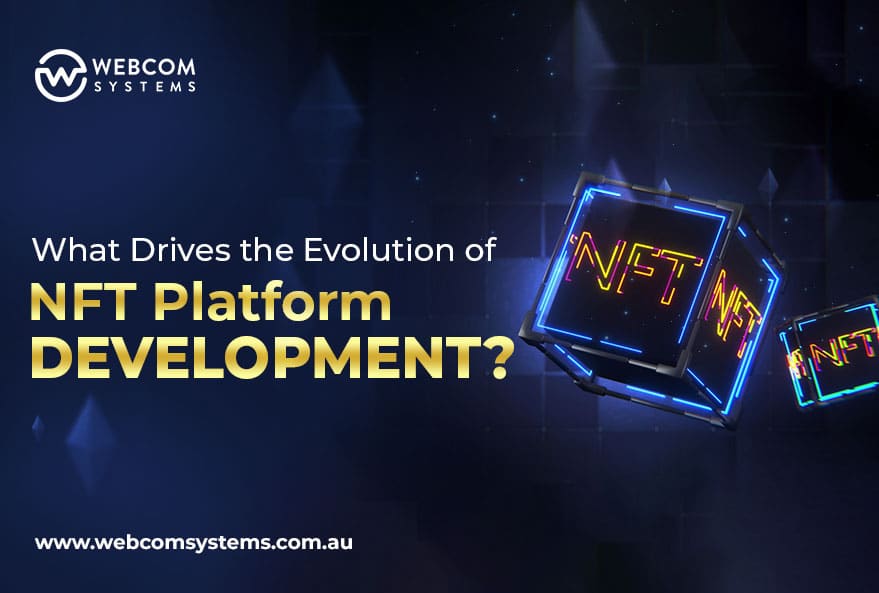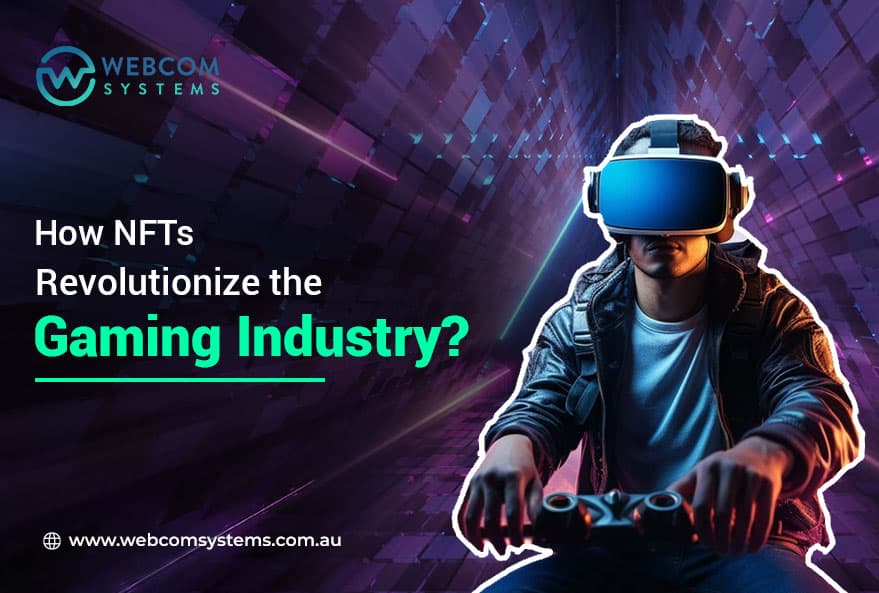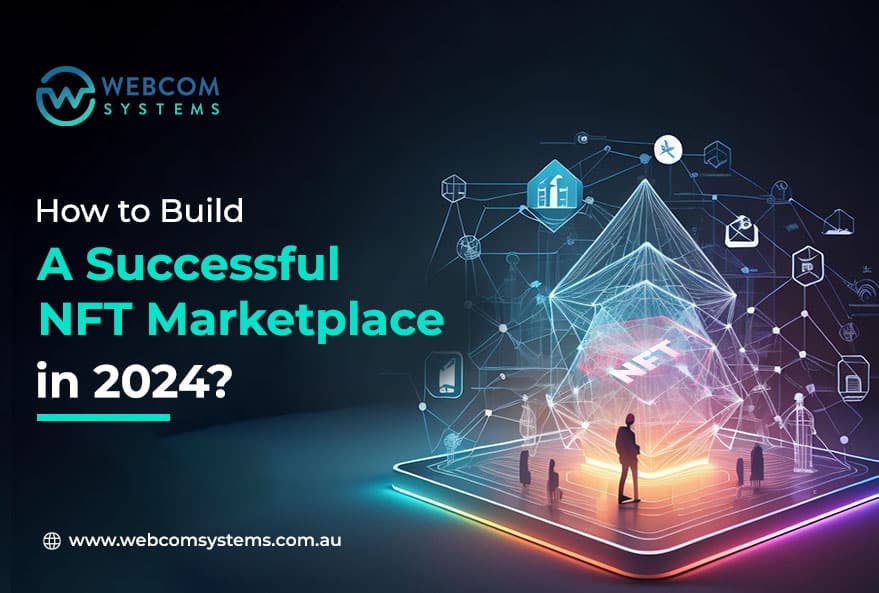Have you ever been curious about the story of that digital asset that is fascinating to many art and collectible lovers alike? While the term is not a new entrant in the digital world, it is in the recent past that it has taken the mainstream with high-flying and record-breaking numbers. Did you ever think about where these materials are originally located and how they look in their native environment?
In this article, we’ll go through time and tell the history and evolution of NFTs, from their very beginning in very simple form to where we see them now as a really popular technology.
Let’s find out the story of how NFTs managed to transform from a little-known technology to a common trend.
Origins and Early NFT Development (2014-2021)
Kevin McCoy and Anil Dash minted the first NFT ever produced, called Quantum, in 2014. But to be fair, the NFTs first traced back to 2017 when digital art was the thing, CryptoPunks. In 2018, the ERC 721 standard on the Ethereum blockchain created an additional hype. NFT platforms emerged from the emergence of blockchain technology by providing the infrastructure to create real objects that are verifiable and different.
Factors Driving The Evolution Of NFT Platform Development
Introduction of CryptoKitties(2017)
In 2017, CryptoKitties made history in the cryptocurrency sphere as one of the leading Non-Fungible Tokens (NFTs). Through this virtual game, users could purchase, sell, and breed unique Ethereum-based digital cats. CryptoKitties was really successful in demonstrating how NFTs are capable of expanding the field of cryptocurrencies beyond simple resources, as NFTs can be treated as rare and truly owned digital assets. This game proved that NFTs were a viable solution and helped NFT technology become popular.
The Ethereum’s Impact on NFT Platform Development
Ethereum’s programmable blockchain architecture performed a vital role in the development of NFTs. Ethereum’s flexibility and adaptability have been the driving forces to bring NFTs into the reality of the blockchain. Developers were capable of constructing even the most complex applications directly on the network, which opened the door for NFT-based investments. The programmable blockchain protocol on which Ethereum relies enables the development of highly sophisticated applications, including NFTs, directly on the network.
NFT Applications:
NFTs in Marketplace
The NFT marketplaces now serve as the spine of the NFT industry, allowing creators to showcase their talents and pursue opportunities. There are many NFT marketplaces right now, some of which are particularly niche or oriented to specific issues. The three most popular, as well as best-rated, NFT marketplaces are OpenSea, Axie Marketplace, Larva Labs/CryptoPunks and NBA Top Shot Marketplace. These online platforms provide a great variety of digital assets like art, music, game artifacts, and virtual real estate. User experience, scalability, and curation and discovery features will be the essential aspects for the proper NFT marketplace development.
NFTs in the Metaverse
NFTs demonstrate their ability in the metaverse by creating virtual marketplaces like VRChat, where trading NFTs is easy. Such markets provide opportunities for its users to buy, sell, and trade digital assets. The marketplaces have thousands of unique and specialized NFT offerings. NFTs not only allow players to create unique in-game assets but also facilitate trading, enabling the transfer of these unique items across different gaming environments. This adds a distinctive dimension to gaming experiences.
NFTs in Gaming and Art
The impact that NFTs have had on the games and art industries has been significant. CryptoKitties popularized NFTs through virtual cat games, demonstrating their practicality. NFT art sales emerged, with CryptoPunks being among the pioneering and widely adopted NFT art collections. The universal growth of the NFT market is expected in the future, all due to new projects developing through multiple fields. Along with the development of the blockchain and its adaptation to the public, the NFTs will also get acknowledgment as well as value. Nevertheless, approaching this highly volatile market carefully is essential, given the dynamic nature of the crypto and NFT market.
The combination of these factors has been the driving force in NFT Platform Development with the expansion of use cases and applications of NFTs across many industries.
Future Prospects
The NFT market’s bright future projecting a market size of $230 billion by 2024. Industry analysts have estimated that the NFT market will expand with a compound annual growth rate (CAGR) of approximately 35% by the duration of 2024. The persistence of NFTs in diverse industries, encompassing music, art, real estate, gaming, and other creative assets, is likely to facilitate the expansion of market scope. The trading volume of the NFT market has decreased a bit during the second half of 2022, but still, it has bloomed, and therefore, the NFT market will have a great future ahead of it.
Webcom Systems is fully equipped with an NFT platform development service, which is an excellent fit for the rising demand for innovative solutions in the Digital Asset sector. With the NFT development provision of Webcom Systems, companies, and creators will have the opportunity to take advantage of the power of NFTs through a variety of solutions.
Also Read: Democratizing NFT Development with Layer-2 Blockchains Beyond Ethereum




